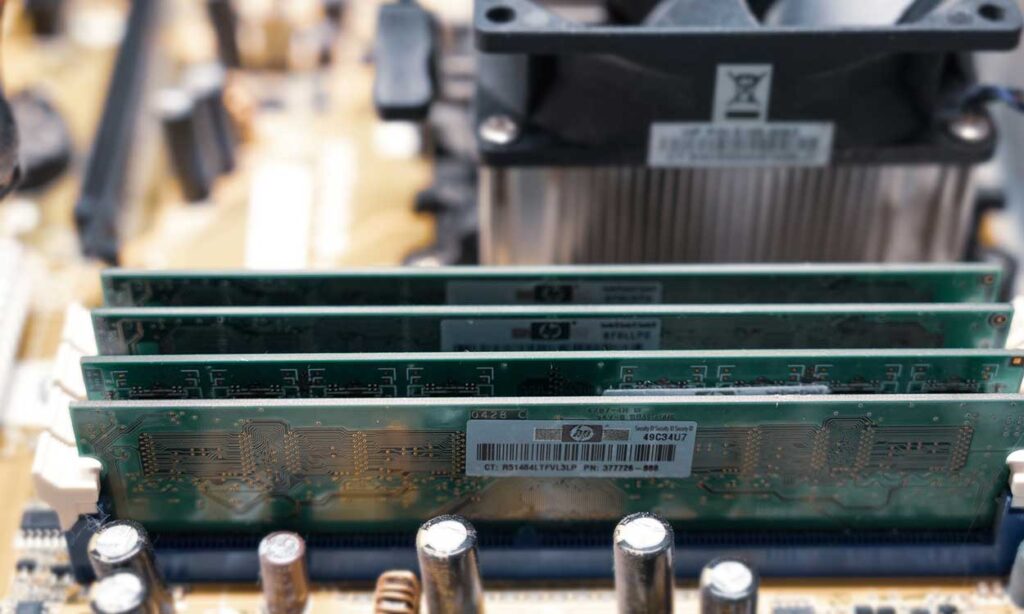Windows 11 is the latest operating system from Microsoft that offers many new features and performance improvements. However, to run Windows 11 smoothly, your PC needs to meet some minimum system requirements, including RAM.
RAM (Random Access Memory) is a type of memory used by PCs to store temporary data needed by applications and processes that are running. RAM affects the speed and responsiveness of your PC because the more RAM available, the more data can be accessed quickly.

So, how much RAM does your PC need for Windows 11? The answer depends on several factors, such as the type of use, the number of apps opened, screen resolution, and more. However, three main categories can be used as a guide:
Minimum RAM: 4 GB
This is the minimum RAM requirement set by Microsoft to run Windows 11. This means that your PC must have at least 4 GB of RAM to install and run this operating system.
However, having minimum RAM does not mean that your PC will run properly. With 4 GB of RAM, you may experience slow performance, lag, and freezes, especially if you have many apps or browser tabs open at once. You also might not run apps or games that are heavier or require a lot of resources.
Therefore, 4 GB RAM is only recommended for basic use, such as browsing the web, checking email, or watching online videos. If you want to do more than that, you’ll need to upgrade your PC’s RAM.
Ideal RAM: 8 GB
This is the amount of RAM recommended by many experts and users to run Windows 11 comfortably. With 8 GB of RAM, your PC will handle most daily tasks with ease, such as multitasking, streaming, editing, gaming, and more.
8 GB of RAM will also provide enough space for the operating system and applications to run smoothly, without experiencing a significant decrease in performance. You will also be able to enjoy the new features of Windows 11, such as Snap Layouts, Snap Groups, Widgets, and more.
So, if you want to get an optimal Window 11 experience, 8 GB RAM is a good choice. You don’t have to worry about memory shortages or running into serious performance issues.
Maximum RAM: 16 GB or More
This is the amount of RAM required by your PC if you are a very demanding user, such as a professional, gamer, or content creator. With 16 GB RAM or more, your PC will run the most heavy and resource-intensive applications or games, such as Adobe Photoshop, Premiere Pro, After Effects, AutoCAD, Call of Duty, Cyberpunk 2077, and more.
16 GB RAM or more will also ensure that your PC will never run out of memory, even if you have a lot of apps or browser tabs open at once. You’ll also be able to enjoy higher graphics quality and resolution, without sacrificing performance or speed.
However, 16 GB RAM or more is unnecessary for everyone. It only recommended this amount of RAM for those who need it for their work or hobby. If you only use your PC for everyday activities, you probably won’t notice a huge difference between 8 GB and 16 GB RAM.

